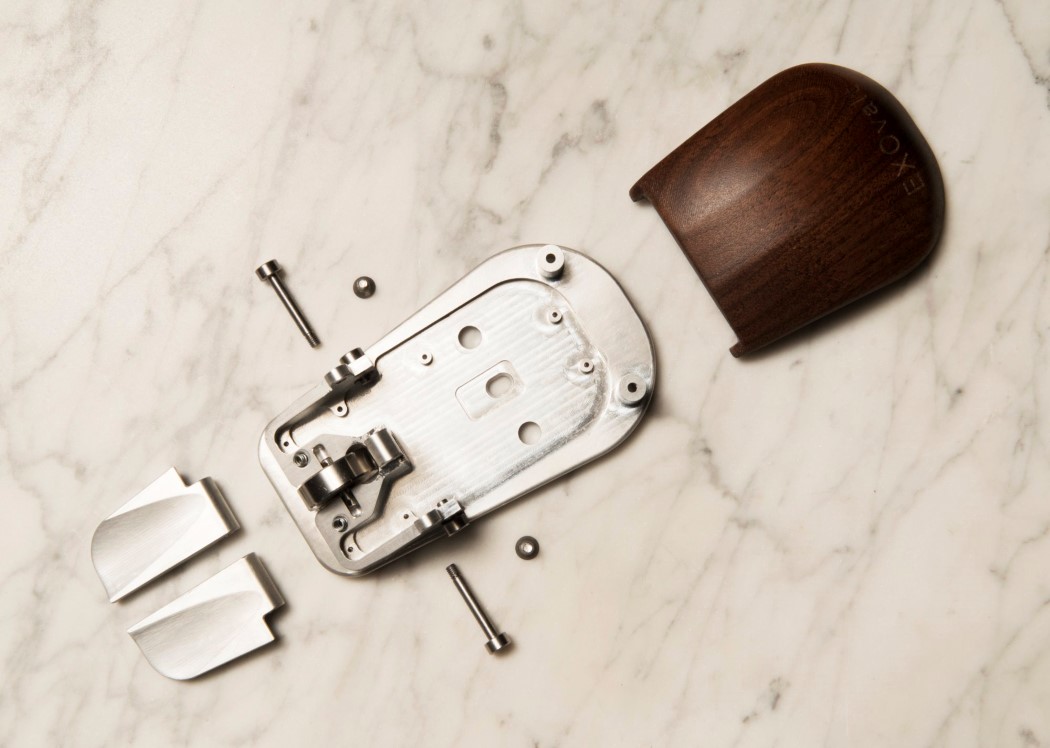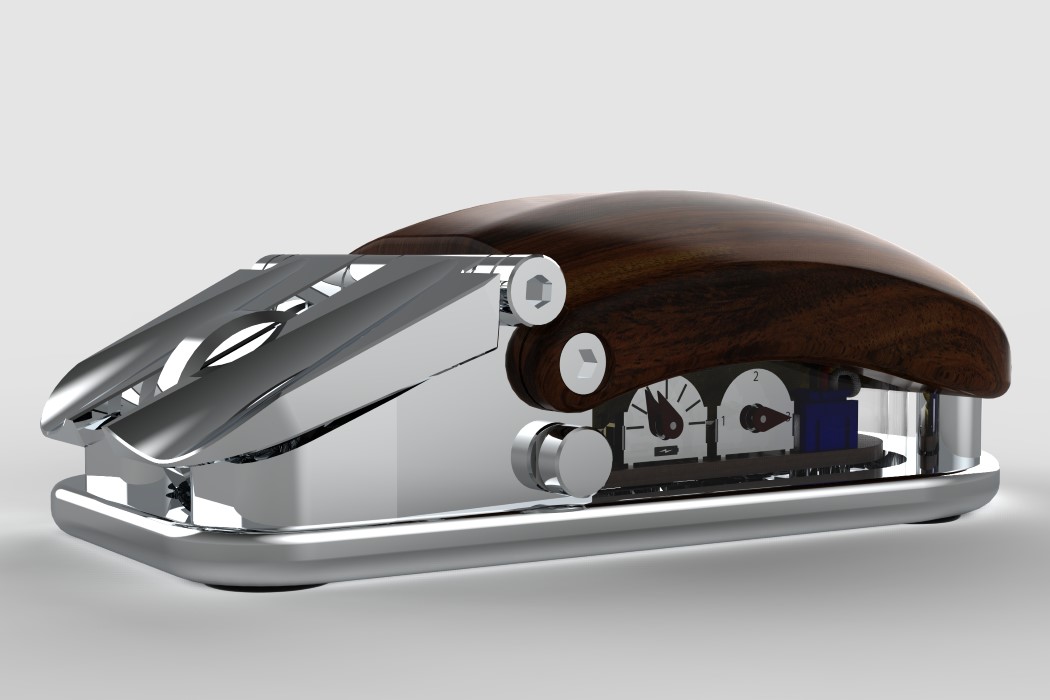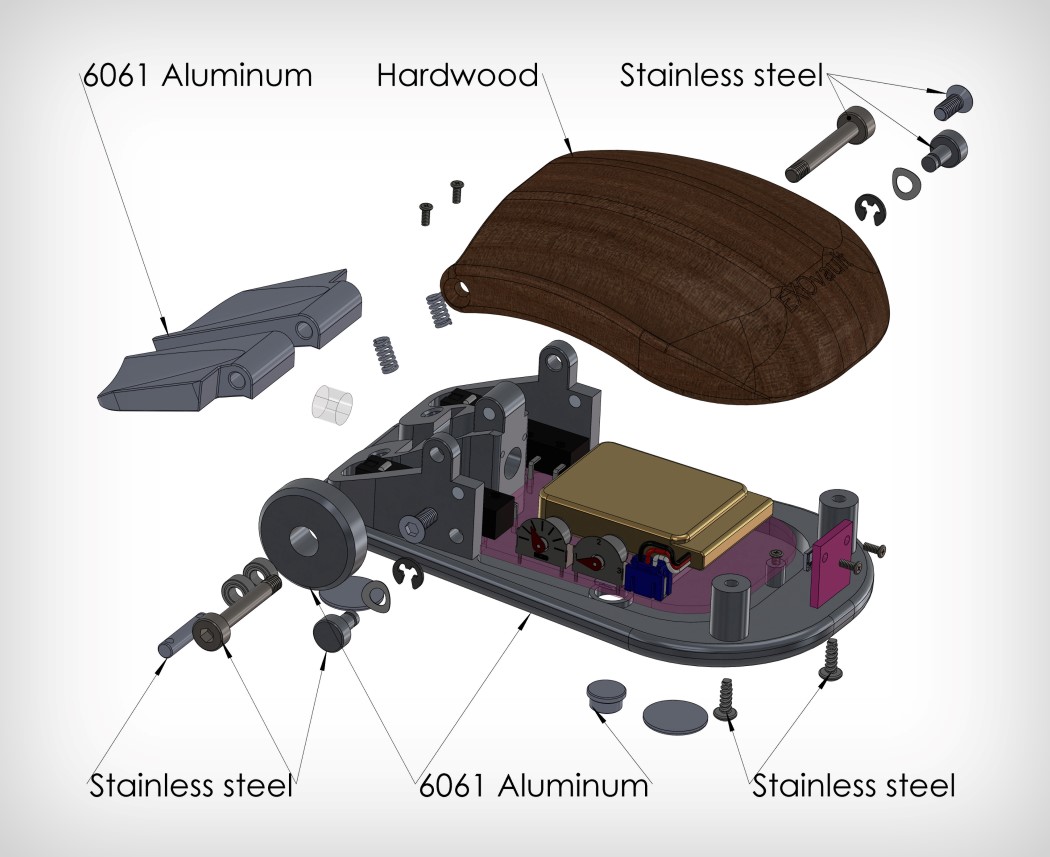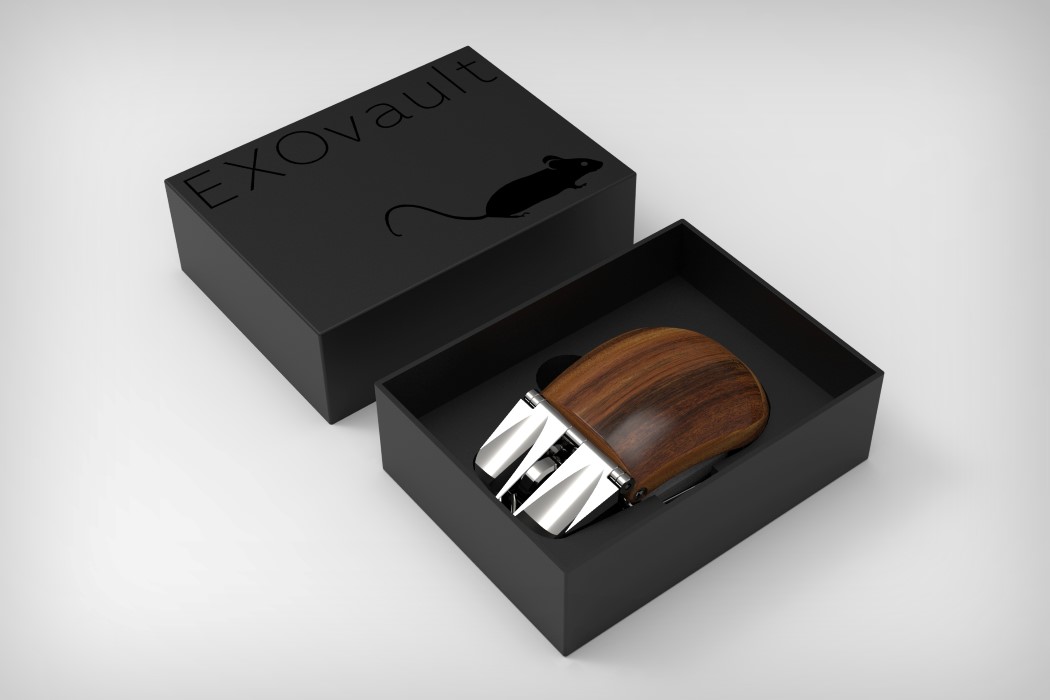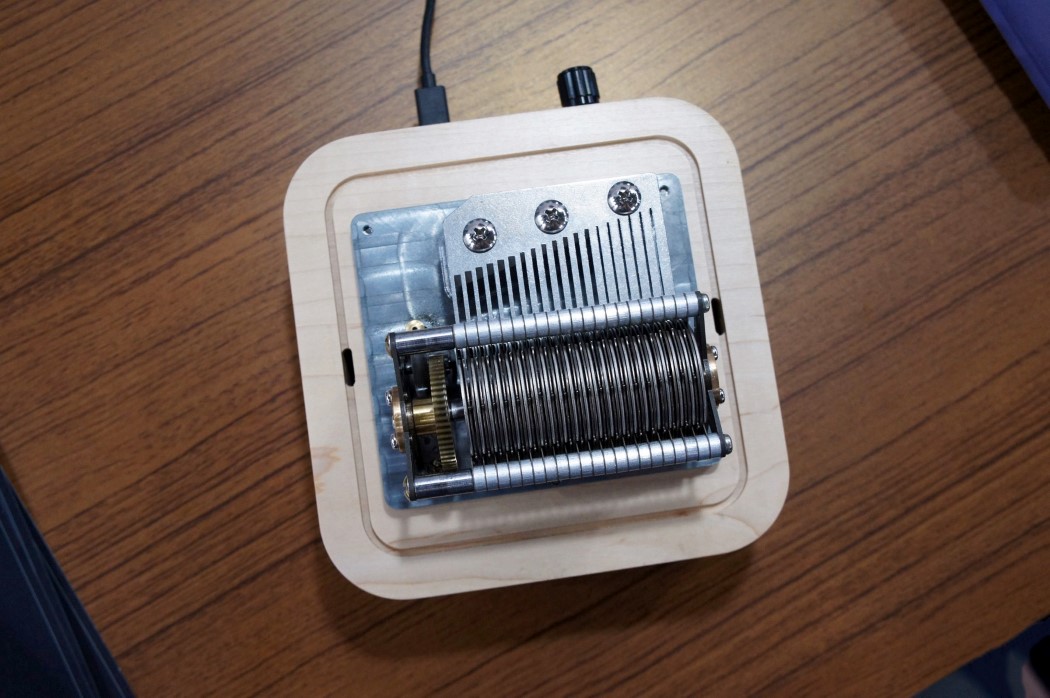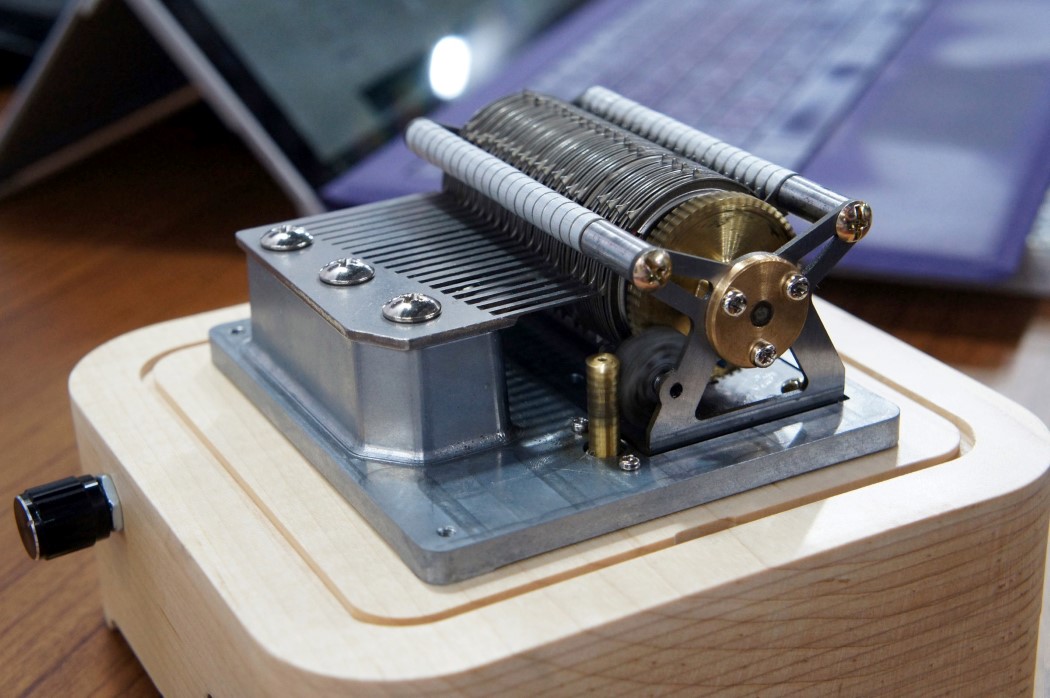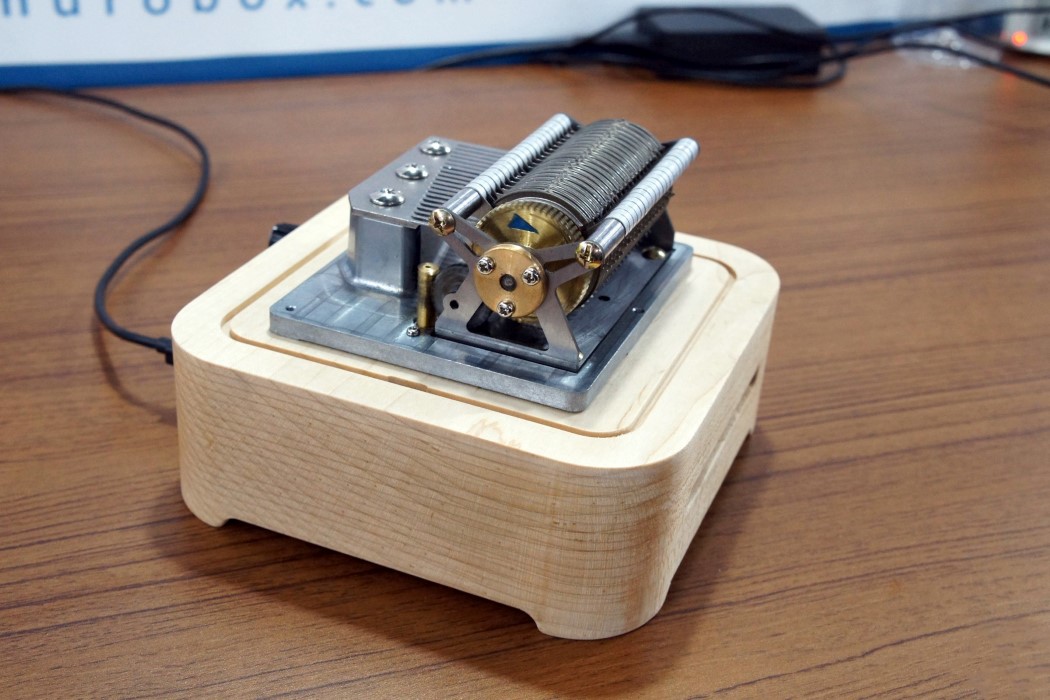Aside from having a puppy lick my face, the Bariseur 2.0 gives me everything I need to begin my day the right way!
The Bariseur really made waves when the first edition debuted back in 2016. A great design experience always aims at being a multisensory one. We love motorbikes not just because they get us from A to B, they’re a thrill. Whether it’s the wind in your hair, the purr of the motor, or just the way the motorbike looks, it’s the overall multisensory experience that makes riding a bike so goddamn amazing. I’d say that the Bariseur does the same thing with waking up. Nobody really likes being jolted awake by a neurotic noise-making box, right? Bariseur’s ability to cross over into the multisensory realm makes waking up an absolute treat, because not only does it wake you up with sound, it tantalizes your nostrils with the smell of fresh coffee, getting you out of bed with something to look forward to, and probably a sunnier disposition too.
It’s 2020, the world is practically on fire, but the Bariseur 2.0 does a pretty good job of making mornings a little more pleasurable than they would have been. In its second edition, the beverage-brewing alarm clock comes with an updated design featuring a better brewing system using a one-of-a-kind immersion brewer that works equally well with tea or coffee. Rather than brewing your drink right into the cup, the immersion brewer keeps your beverage contained in a chamber, allowing you to pour yourself a cuppa whenever you need it. The smell, however, wafts out pretty effortlessly, allowing you to wake up to the aroma of coffee beans or aromatic tea. The Bariseur 2.0 even features a redesigned shower-head and smart induction heater that allows water to be scattered across your coffee grounds or tea leaves evenly, and at a precise temperature of 94° C – ideal for brewing.
Along with its subtle-but-effective improvements, the Bariseur even comes with a mini-fridge to keep a small glass of milk refrigerated for you to pour into your coffee or tea, and if you want to use the apparatus without the alarm feature, the immersion brewer is detachable, so you can brew multiple cups in a day. The Bariseur 2.0 even features an added wireless charging mat that helps replenish your phone, giving you just the sheer joy of beginning your day with a fresh hot cup of chai/coffee and a fresh 100% charged smartphone. It’s the little pleasures, really!
Designer: Joy Resolve (Joshua Renouf)








































 We've seen VR headsets used on rollercoasters and in car-based Mario Kart games, but now Steampunk VR Scooter has brought VR headsets to the world of bumper cars. From the outside, players appear to be sitting in your standard bumper cars and wearing...
We've seen VR headsets used on rollercoasters and in car-based Mario Kart games, but now Steampunk VR Scooter has brought VR headsets to the world of bumper cars. From the outside, players appear to be sitting in your standard bumper cars and wearing...



